Latest

Windows that cool themselves could cut AC costs
This new high-tech window glass reflects heat and radiates excess warmth into space, slashing air conditioning energy use by up to 40%.
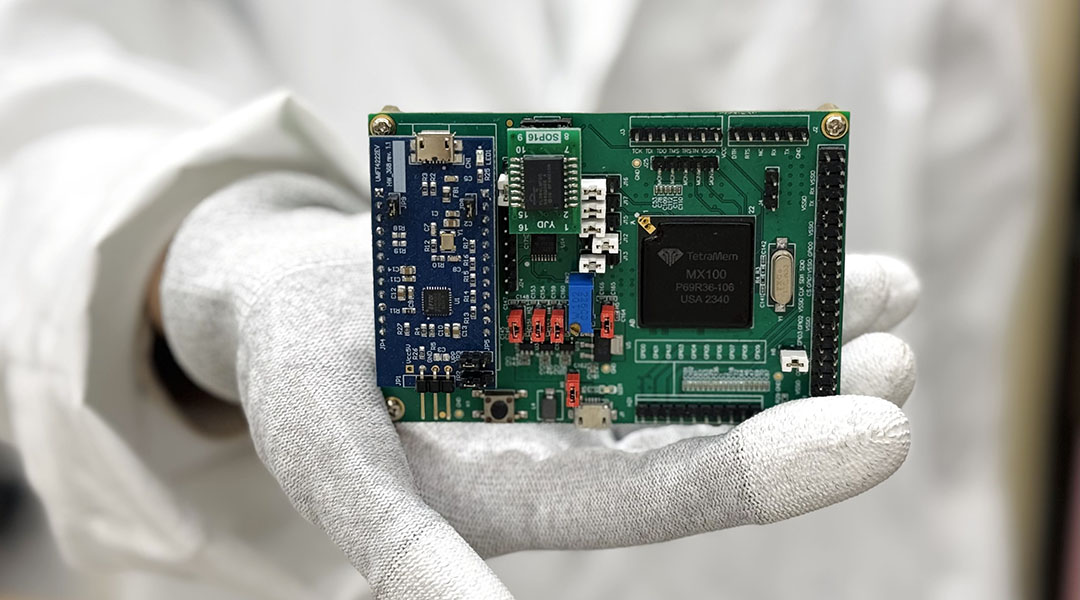
Heart attack and liver cancer early warning system powered by AI and nanotech
The system detects biomarkers for life-threatening diseases, such as heart attacks and cancer, enabling timely medical intervention.
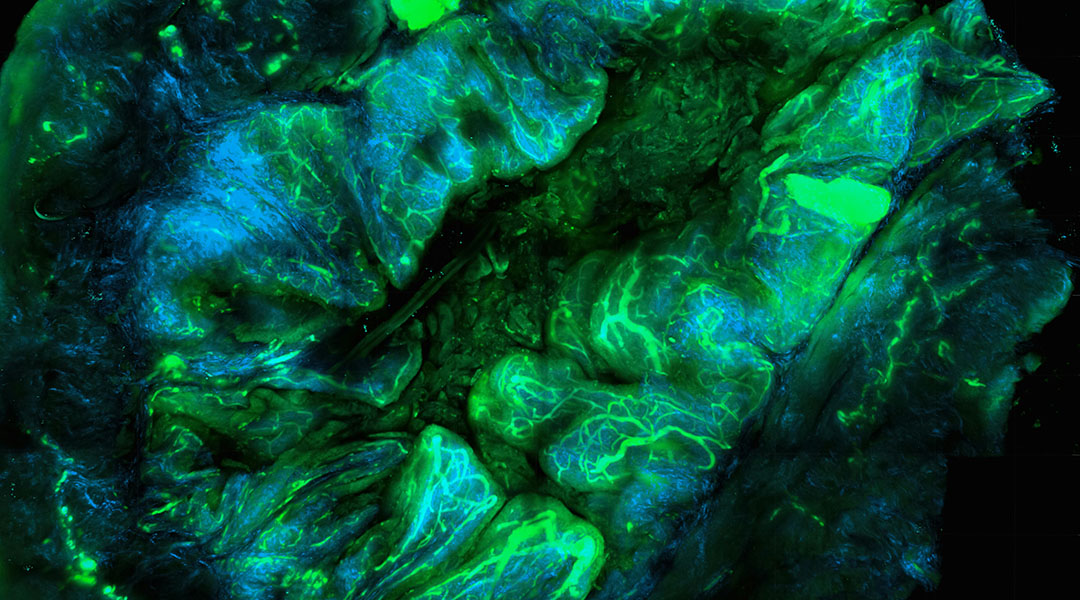
Light-activated therapy and antibiotics join forces to improve in situ cancer vaccines
Scientists integrate light therapy and antibiotics into a single platform to help the body create its own tumor vaccine.
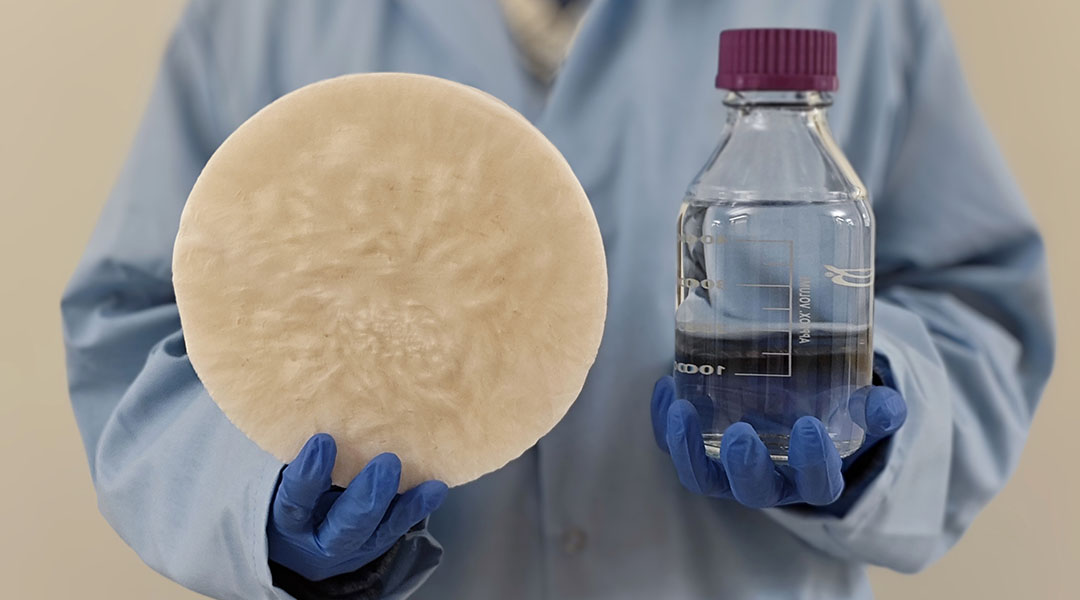
Plant-based hydrogel harvests water from air, addressing global water scarcity
A new hydrogel extracts water from the air, offering a sustainable alternative to bottled water and addressing global water shortages.
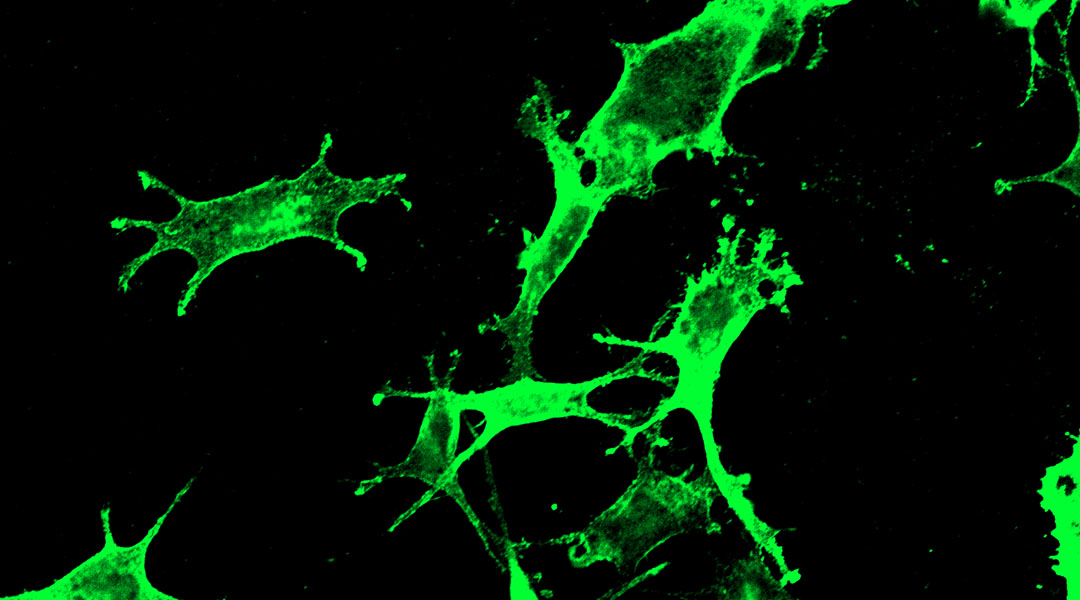
New cancer vaccine uses SARS-CoV-2 marker to harness immunity against tumors
SARS-CoV-2 marker used to trigger the immune system against cancer, showing promise in shrinking tumors and improving survival in mice.

Could AI be the reason we haven’t encountered alien civilizations?
A sensational paper argues that AI could be responsible for the scarcity of advanced technological civilizations in the Universe.
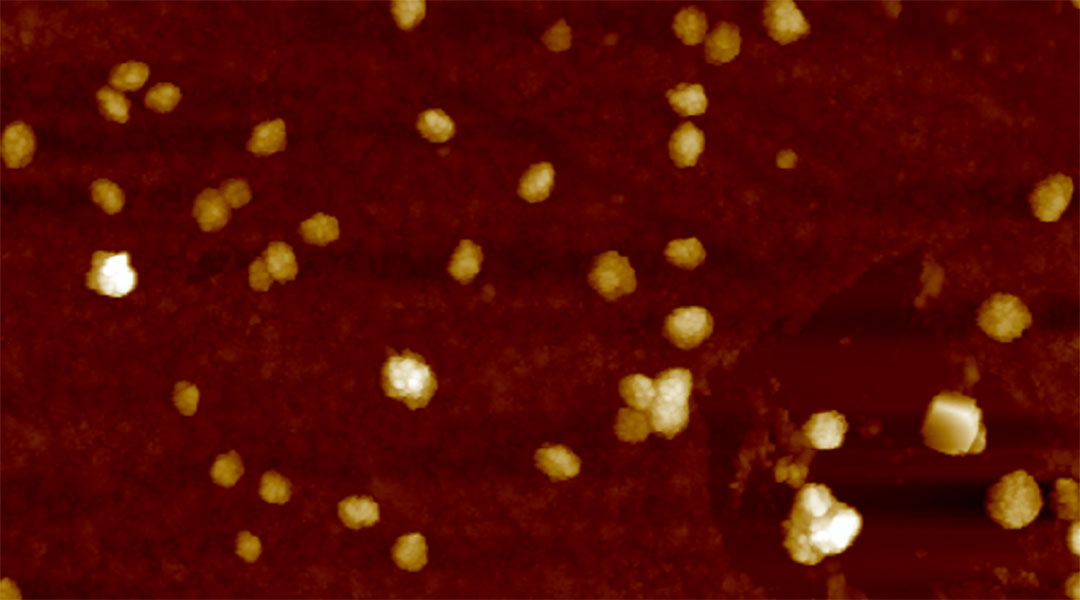
Peptides light up in the brain for early diagnosis of Alzheimer’s
Peptide-laden vesicles light up in the presence of amyloid beta, providing an early diagnostic test (and possible treatment) for Alzheimer’s.
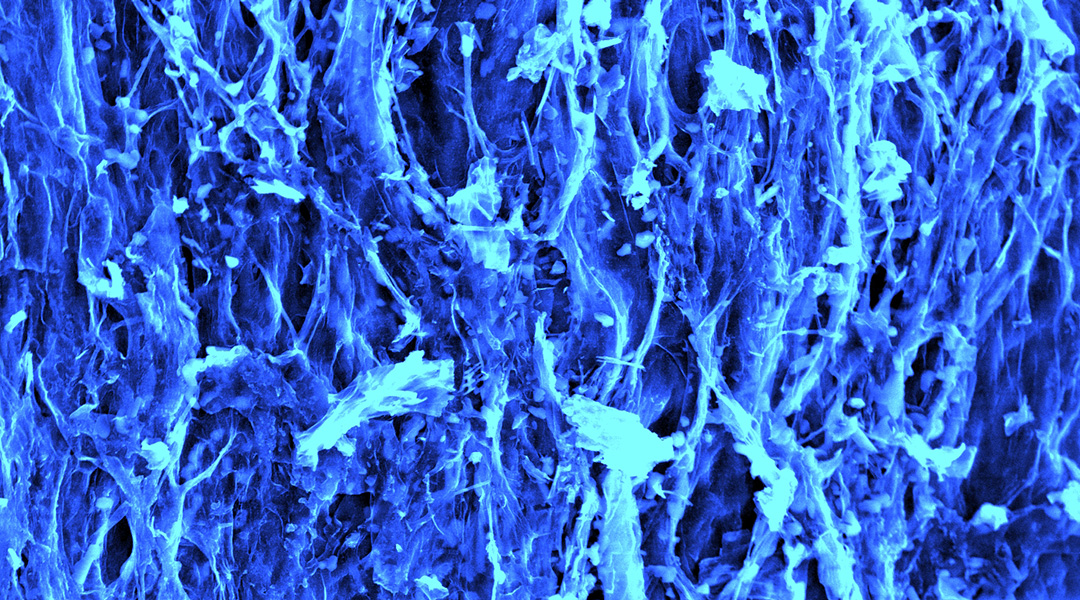
Mushrooms could be the next big thing in energy storage
Scientists are using carbon filaments from mushrooms in supercapacitors, paving the way for a sustainable energy future.
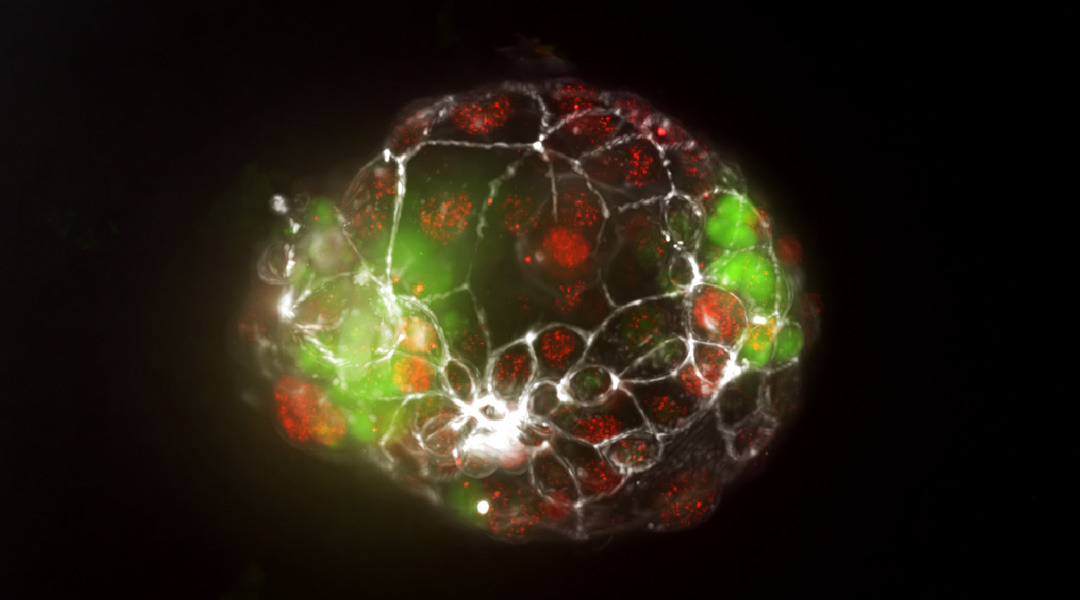
How do identical twins form? New insights reveal mechanism
A new organ-on-a-chip model allows researchers to study the splitting of the embryo during pregnancy for the first time.
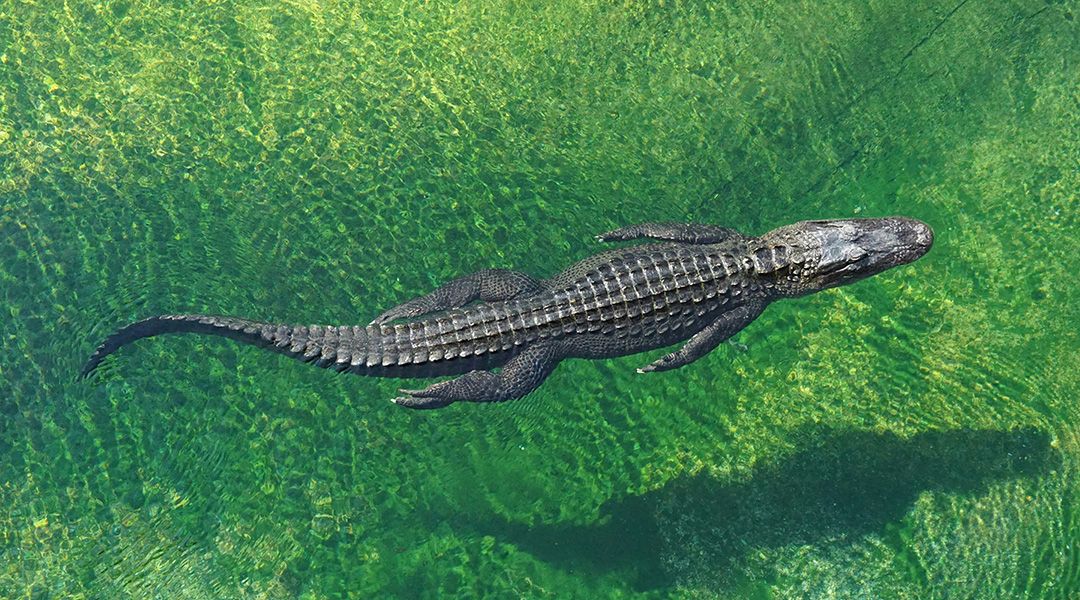
The decline of large river animals and the ecosystems now in peril
The decline of freshwater megafauna, including river dolphins, hippos, and crocodiles, is triggering significant consequences for ecosystems.
ASN Newsletter
Sign up for our newsletter and receive the latest science news directly to your inbox.

This mathematical tool could improve how fast information is shared
Researchers develop “relative attention entropy” to optimize data transmission, aiding AI learning and communication systems.

Avocado tree waste used to make sustainable food packaging
A material derived from avocado pruning waste and bio-polyethylene combines high strength with biodegradability.
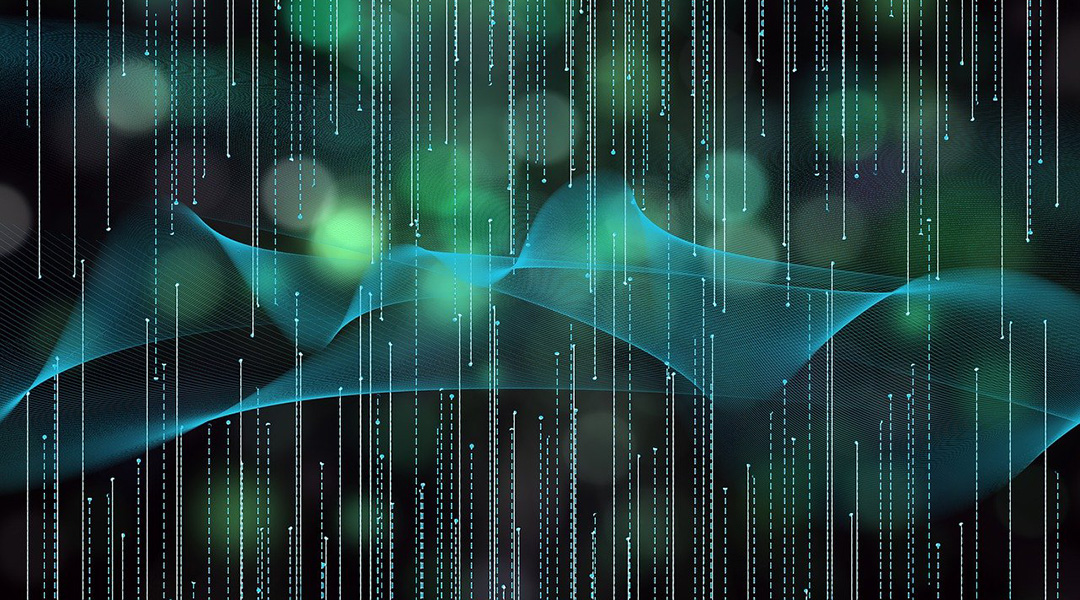
A quantum take on oblivious transfer unlocks ultra-secure communication
In addition to ensuring the secure transfer of quantum communications, researchers have come up with a way to safely store and process data.

Caffeine coating gives fuel cells a boost
Modifying hydrogen fuel cells with caffeine helped protect them from degradation, resulting in up to 11-fold increase in activity.
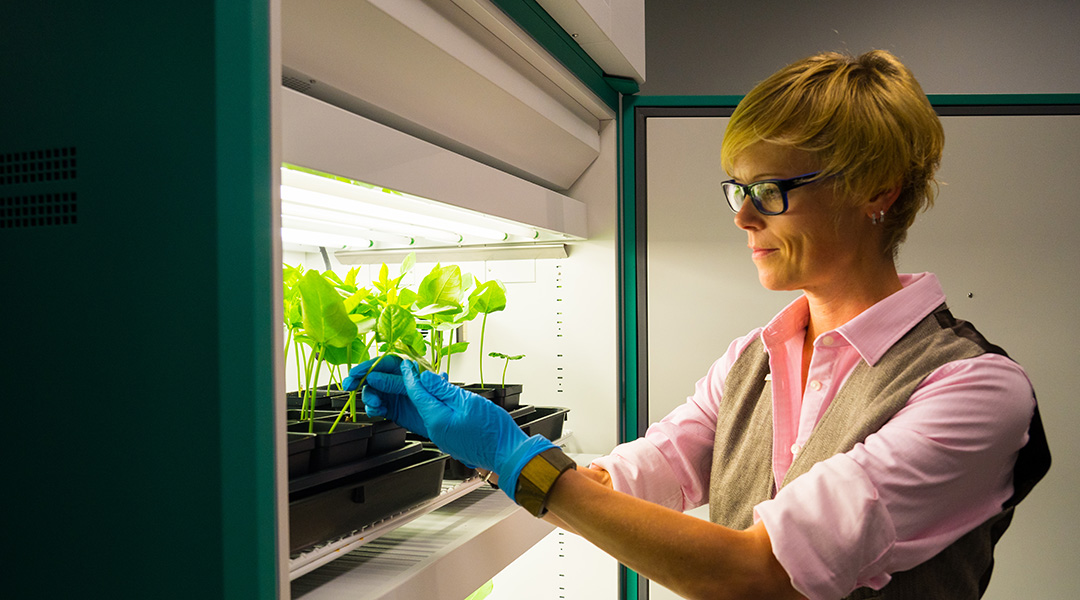
Cowpea virus immunotherapy prevents cancer metastases
Plant-based virus stimulates the body’s immune response to fight off established and budding cancer metastases.
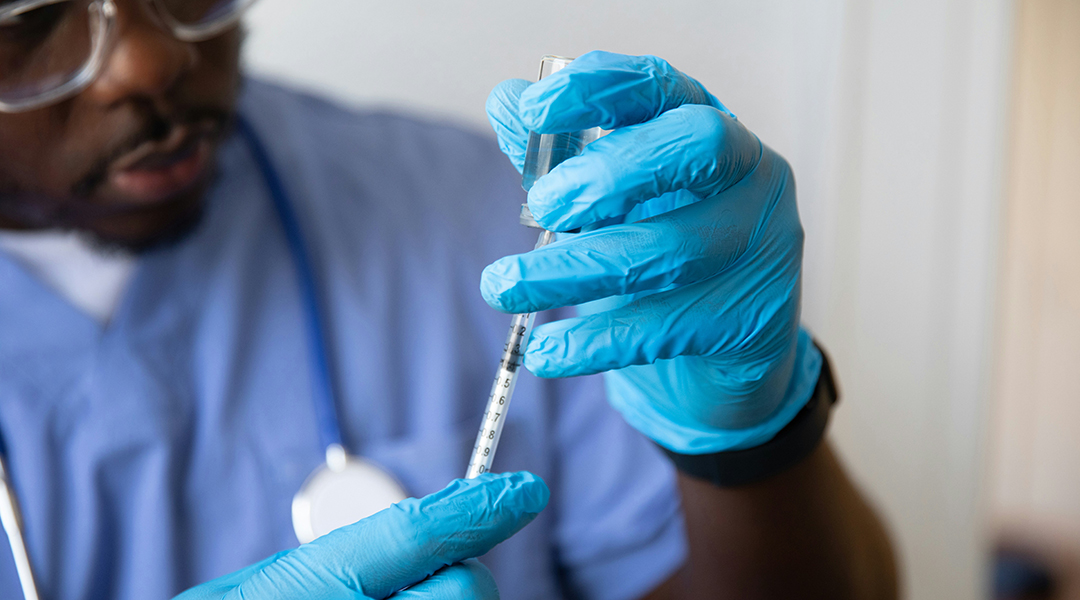
Enzymes help engineer safer, more effective vaccines
Researchers use enzymes to link antigens and adjuvants, creating safer and more effective vaccines by lowering the required adjuvant dosage.

Molecules secreted by parasitic worms found to reduce scarring during wound healing
Researchers have discovered that a protein produced by parasitic worms in the gut enhances wound healing in mice.
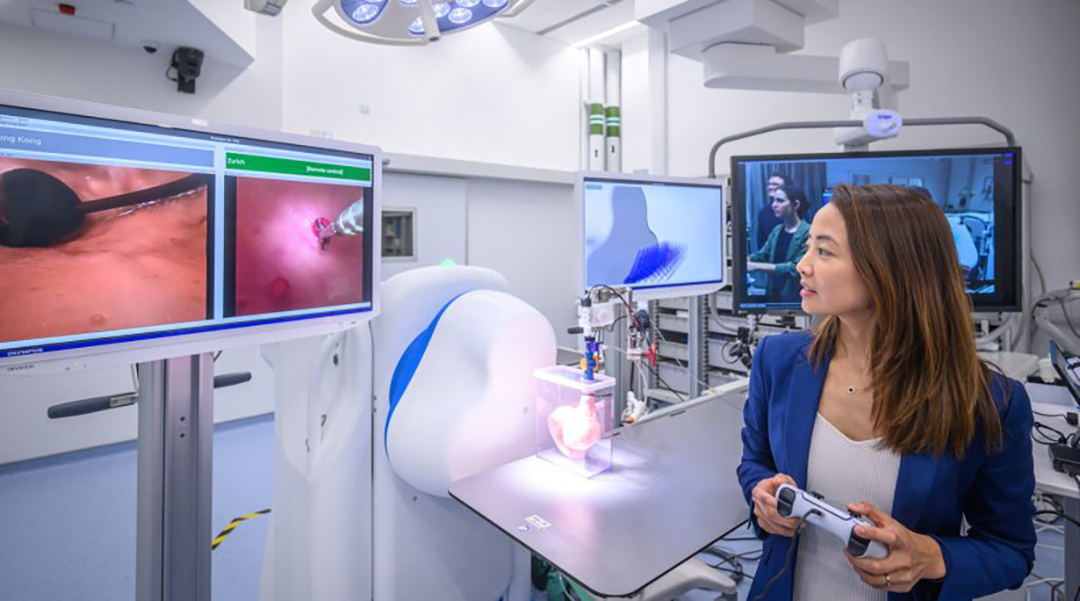
Remote-controlled robot is changing the game for endoscopes
A new teleoperated robot makes it possible to perform endoscopes remotely, making the procedure available in underserviced regions.
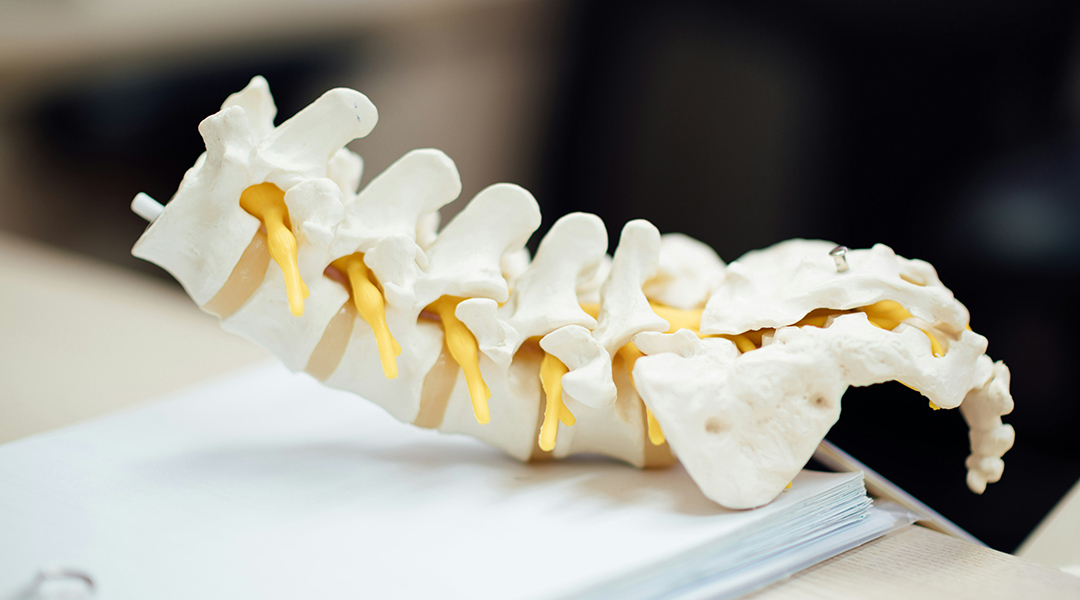
Using 3D printing to treat bone infections
A new biomaterial shows unprecedented success at eliminating bacteria that cause bone infections and promote the regrowth of injured bones.
Enzymes help engineer safer, more effective vaccines
Researchers use enzymes to link antigens and adjuvants, creating safer and more effective vaccines by lowering the required adjuvant dosage.
Molecules secreted by parasitic worms found to reduce scarring during wound healing
Researchers have discovered that a protein produced by parasitic worms in the gut enhances wound healing in mice.
Remote-controlled robot is changing the game for endoscopes
A new teleoperated robot makes it possible to perform endoscopes remotely, making the procedure available in underserviced regions.
Using 3D printing to treat bone infections
A new biomaterial shows unprecedented success at eliminating bacteria that cause bone infections and promote the regrowth of injured bones.
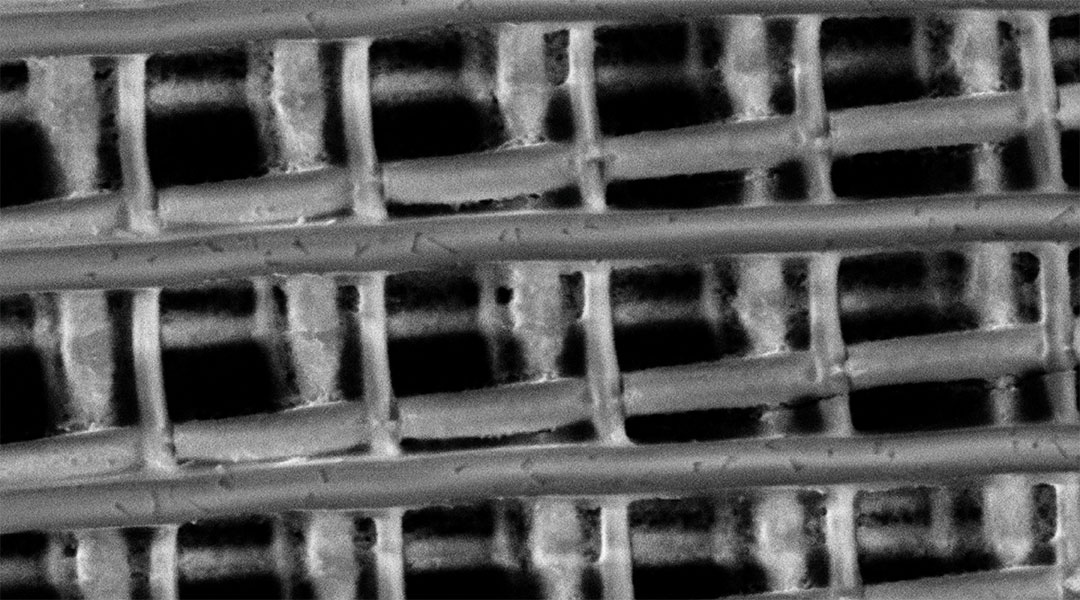
Scientists create the largest nonlinear photonic crystal to date
Their unprecedented control over light will lead to breakthroughs in telecommunications, medical imaging, and quantum computing.
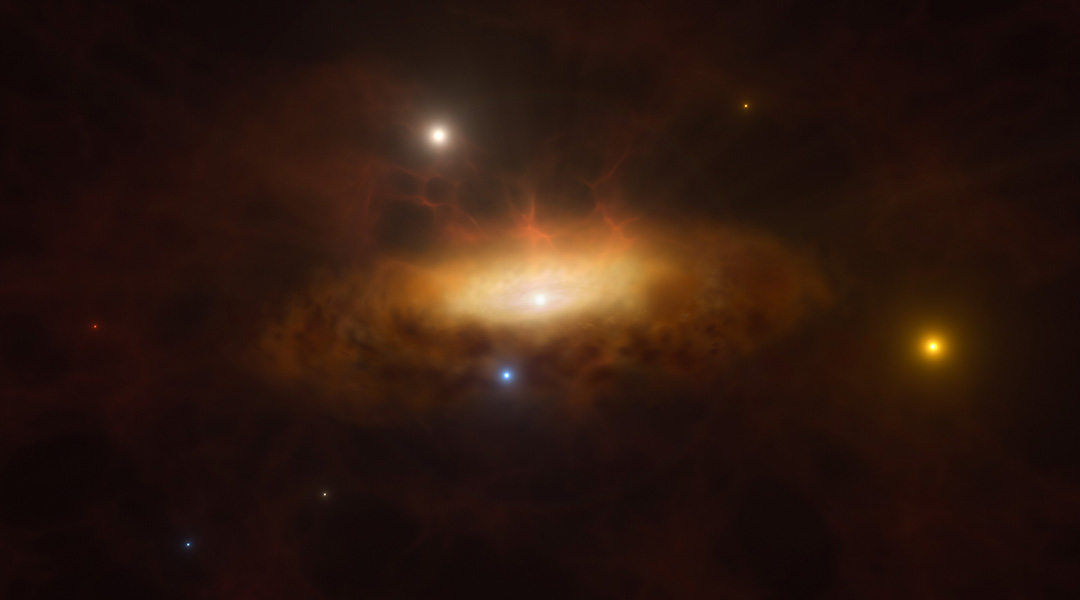
Astronomers witness the reawakening of a black hole
Imagine observing a distant galaxy for years when suddenly its core begins exhibiting unprecedented changes.
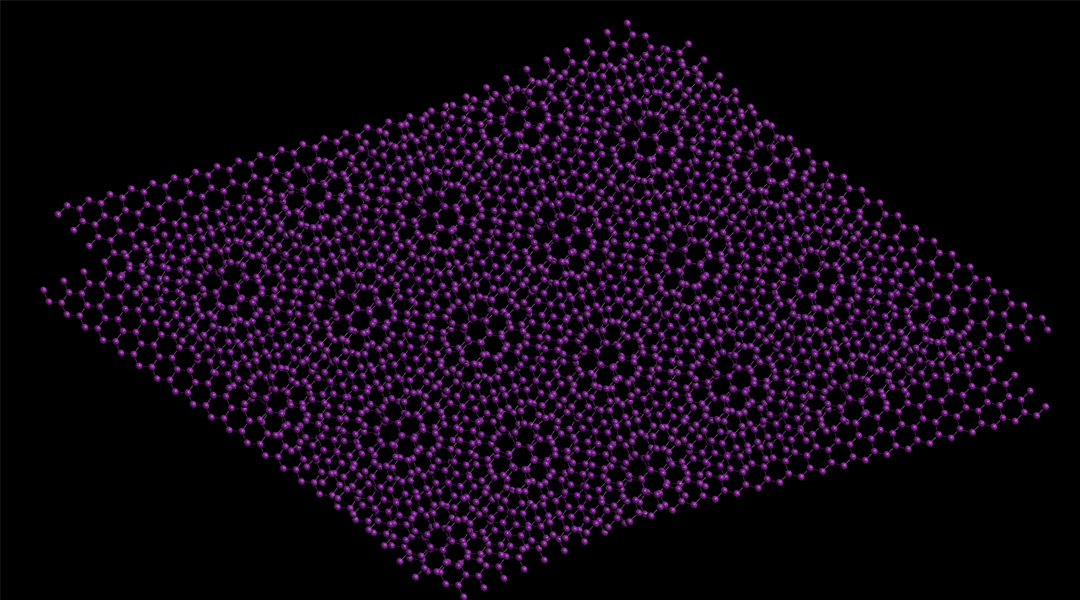
Could twisted bismuth pave the way to a practical superconductor?
“Magic angles” in twisted bismuth bilayers could induce superconductivity at more reasonable temperatures.
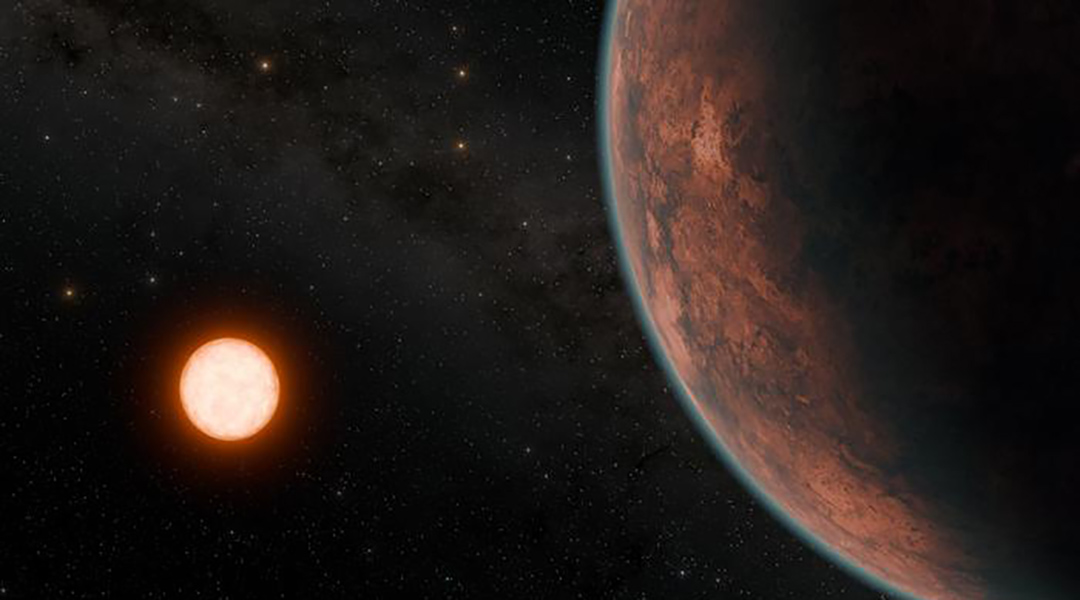
Gliese 12 b: An exo-Venus with Earth-like temperatures
Orbiting a cool, red dwarf star, Gliese 12 b offers insight into atmosphere retention near stars, sparking new questions about habitability.
Scientists create the largest nonlinear photonic crystal to date
Their unprecedented control over light will lead to breakthroughs in telecommunications, medical imaging, and quantum computing.
Astronomers witness the reawakening of a black hole
Imagine observing a distant galaxy for years when suddenly its core begins exhibiting unprecedented changes.
Could twisted bismuth pave the way to a practical superconductor?
“Magic angles” in twisted bismuth bilayers could induce superconductivity at more reasonable temperatures.
Gliese 12 b: An exo-Venus with Earth-like temperatures
Orbiting a cool, red dwarf star, Gliese 12 b offers insight into atmosphere retention near stars, sparking new questions about habitability.

Misinformation spreads like a nuclear reaction on the internet
The new model simulating nuclear fission replicates the start and spread of rumors founded in misinformation.
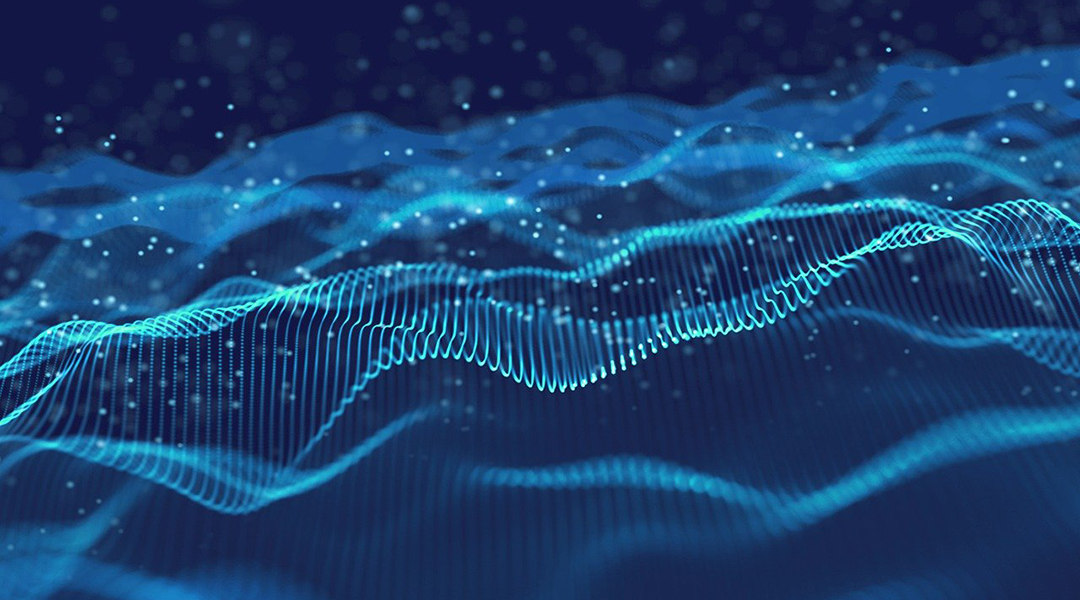
An advanced 3d printer is helping build reliable quantum communication
A state-of-the-art printer with nanometer-scale precision enables the production of quantum emitters, advancing secure quantum communication.
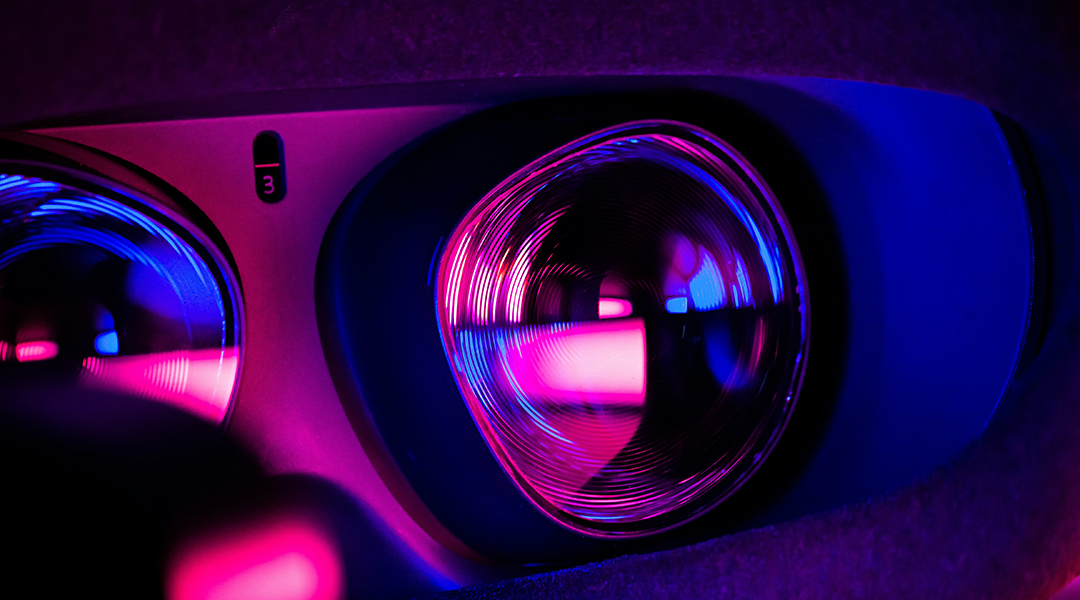
Contact lenses bring 3D holograms to life for augmented reality
A better way to fabricate metasurfaces allows scientists to create contact lenses capable of projecting 3D holographic images.
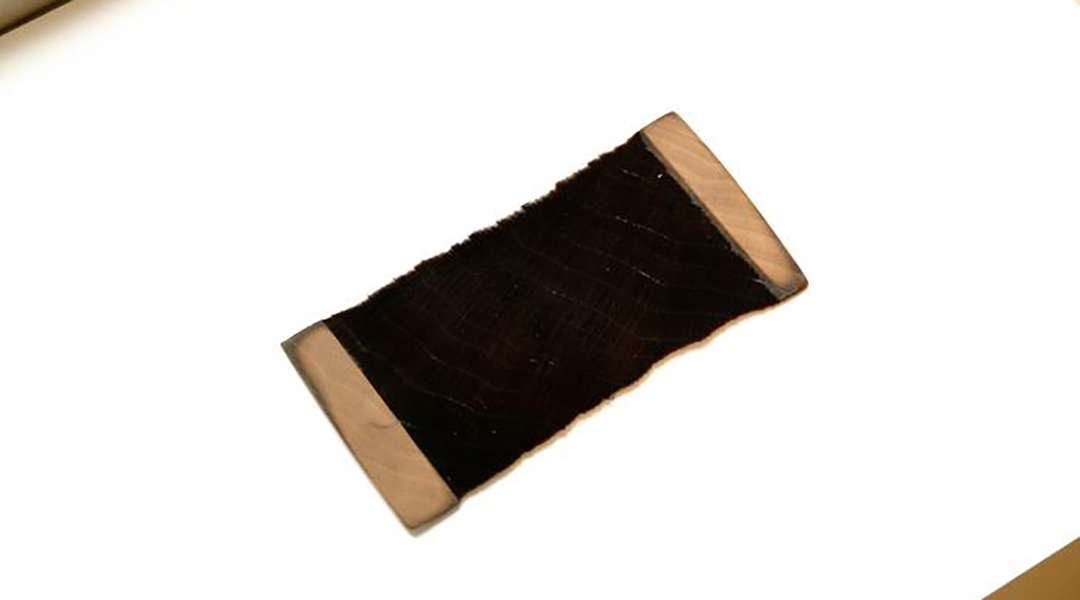
Super-black material created from etched wood
This material absorbs more than 99% of the light that strikes it, making it useful in applications ranging from solar energy to astronomy.
Misinformation spreads like a nuclear reaction on the internet
The new model simulating nuclear fission replicates the start and spread of rumors founded in misinformation.
An advanced 3d printer is helping build reliable quantum communication
A state-of-the-art printer with nanometer-scale precision enables the production of quantum emitters, advancing secure quantum communication.
Contact lenses bring 3D holograms to life for augmented reality
A better way to fabricate metasurfaces allows scientists to create contact lenses capable of projecting 3D holographic images.
Super-black material created from etched wood
This material absorbs more than 99% of the light that strikes it, making it useful in applications ranging from solar energy to astronomy.

Avocado tree waste used to make sustainable food packaging
A material derived from avocado pruning waste and bio-polyethylene combines high strength with biodegradability.

Caffeine coating gives fuel cells a boost
Modifying hydrogen fuel cells with caffeine helped protect them from degradation, resulting in up to 11-fold increase in activity.
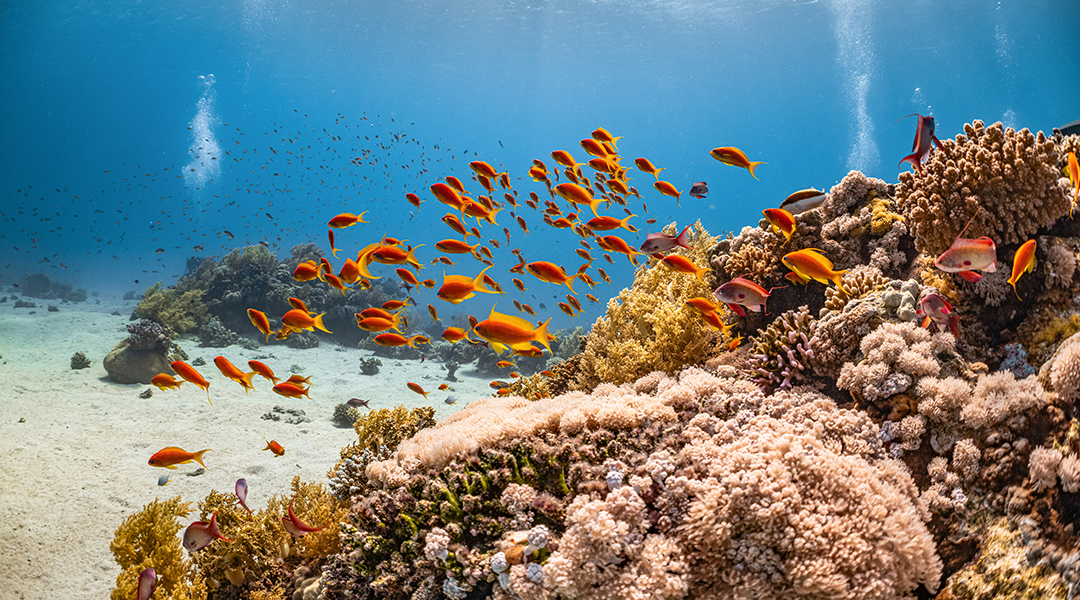
Network of coral reefs in Seychelles offer conservation hope
Mapping genetic connections between coral reefs allows scientists to identify and prioritize those acting as regional larval sources.
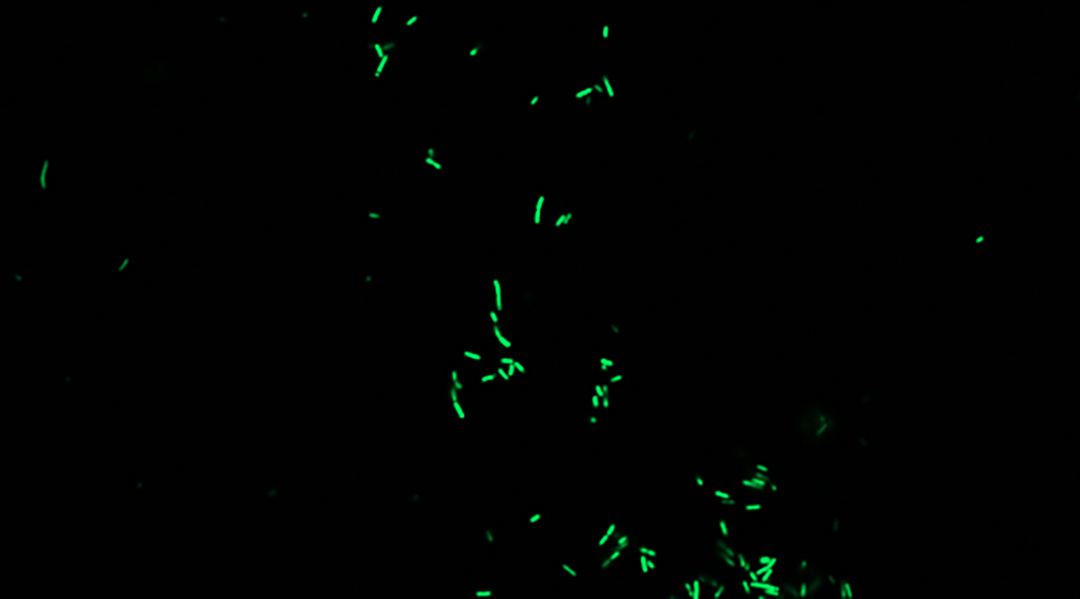
A living biosensor helps track honeybee health
First living biosensor developed to study honeybee gut microbiome, providing insights into health and conservation.
Avocado tree waste used to make sustainable food packaging
A material derived from avocado pruning waste and bio-polyethylene combines high strength with biodegradability.
Caffeine coating gives fuel cells a boost
Modifying hydrogen fuel cells with caffeine helped protect them from degradation, resulting in up to 11-fold increase in activity.
Network of coral reefs in Seychelles offer conservation hope
Mapping genetic connections between coral reefs allows scientists to identify and prioritize those acting as regional larval sources.
A living biosensor helps track honeybee health
First living biosensor developed to study honeybee gut microbiome, providing insights into health and conservation.
No Results Found
The page you requested could not be found. Try refining your search, or use the navigation above to locate the post.
No Results Found
The page you requested could not be found. Try refining your search, or use the navigation above to locate the post.
No Results Found
The page you requested could not be found. Try refining your search, or use the navigation above to locate the post.
No Results Found
The page you requested could not be found. Try refining your search, or use the navigation above to locate the post.







